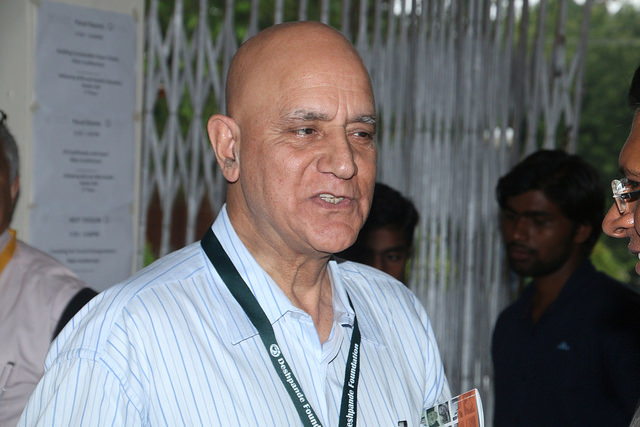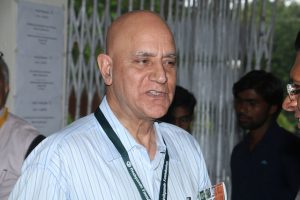Healthcare Initiatives Need to be Sustainable and Cost-effective to Scale

Providing access to healthcare for all is a crucial challenge and concern for a country as large as India. Given the country’s large population, healthcare initiatives that seek to create an impact among the population need scale. However, what are the imperatives of a scalable model of health services?
The founder of Save A Mother (SAM), an NGO that works to cut maternal mortality rates in India, Dr Shiban Ganju says that for scalability, a program needs to be cost-effective, and sustainable. “Sustainability is important for any program to scale. We need to keep healthcare inexpensive and cheaper for models to scale. With scale, speed is also important,” Dr Ganju said at the Development Dialogue (DD) 2016, in Hubballi.
 Sustainability, he said, translates to positive cash flow. “If you have positive cash flow, you are sustainable. (Among nonprofits) it is considered harmful to say that you want to make profits. Unfortunately, in healthcare for the poor, there is no positive cash flow. Healthcare nowhere in the world can be solved by insurance companies, rich for the poor or young for the old or healthy for the sick. Government subsidy as a part of social justice system in egalitarian society has to come in. The key is how we can keep costs low so that it can be sustainable with minimal investment,” he elaborated.
Sustainability, he said, translates to positive cash flow. “If you have positive cash flow, you are sustainable. (Among nonprofits) it is considered harmful to say that you want to make profits. Unfortunately, in healthcare for the poor, there is no positive cash flow. Healthcare nowhere in the world can be solved by insurance companies, rich for the poor or young for the old or healthy for the sick. Government subsidy as a part of social justice system in egalitarian society has to come in. The key is how we can keep costs low so that it can be sustainable with minimal investment,” he elaborated.
SAM followed a cost-effective model, which enabled it to expand its presence and benefit around 3 million people in 1500 villages in India, and brought down maternal mortality rates by 90%. “The government systems spend at least ten times the amount that we spend for the same outcomes. To me, scalability will come if we keep the costs low and the government and the philanthropists subsidized services to an extent,” he said.
Interestingly, a part of SAM programs are non-medical interventions, achieving impact also through awareness programs that serve to educate people about healthcare, hygiene and prenatal care. “Healthcare is all supply driven – hospitals, clinics, drugs, devices, manpower…We have to start at the demand side for consumers to intelligently access healthcare; and accessing healthcare needs two tools: one is finance and second, knowledge enough to use that finance intelligently,” he said.
